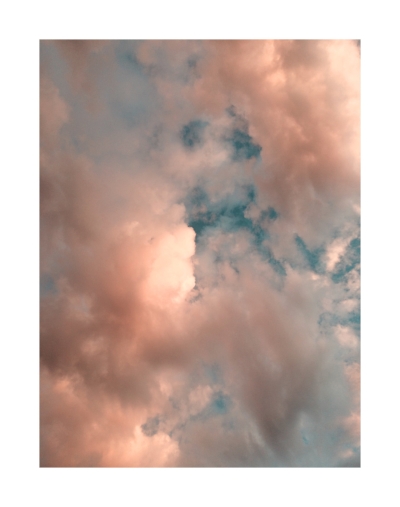Scars are a beautiful example of the bodies extraordinary resiliency and ability to heal itself. Sometimes though, that healing response is so strong that it produces an excess of tissue and collagen that can build up and obstruct the natural flow of energy in meridians, fascia, skin and muscle. Scars are widely treated with acupuncture and may be linked to cases of persistent, chronic and untraceable conditions.
Not all scars are pathological and there are a number of factors to consider when assessing a scar such as depth, size, color. Physical sensations such as numbness and tingling and physical obstruction such as range of motion. If upon pressing or palpation of scar there is any pain or tenderness this may indicate qi and blood stagnation or deficiency. If calcification is present this may indicate phlegm accumulation. These types of reactive scars will benefit most greatly from acupuncture treatment to move stagnant energy and restore balance. Additionally the restoration of proper qi and nutrient flow can help to break up adhesions and improve the cosmetic appearance of both hypertrophic and keloid scars by increasing elasticity, flatness and correcting dis-coloration.
Some types of scars I find especially important to check in my practice are: Abdominal and cesarean scars, post surgery and other deep scars that have penetrated multiple layers of fascia, scars on the head - especially if related to concussions, scars along joints - which may inhibit mobility, scars that clearly cross or intersect TCM meridians.
Needling
There are many ways to needle scars depending on the patients strength of constitution. Be mindful that releasing built up energy and stored trauma can produce strong healing reactions that may be uncomfortable for patients. For example a scar treatment on the liver or gall bladder meridian may trigger a reaction as mild as a headache or as severe as a migraine. In general pattern differentiation is not discussed in texts simply because it doesn’t affect “point prescriptions”.
Classical texts note the technique of “surrounding the dragon” where many needles are inserted transversely toward the center of the scar every few millimetres until the scar is completely surrounded. This technique may be suitable for strong patients with excess scar conditions such as qi/blood stagnation or phlegm accumulation. Needling transversely under the scar is essential for breaking up adhesions and promoting circulation to the area.
Alternatively some suggest palpating the scar and choosing 2 or 3 of the most tender areas to insert thinly gauged needles transversely up to 0.5 cun in depth. This technique may be appropriate in deficient patients and scar conditions such as Qi and blood deficiency or until the patients response to treatment can be accurately assessed.
Additionally in both cases distal points may be added on corresponding affected meridians.
Moxabustion
Undoubtedly an invaluable tool in the treatment of scars. Not only does moxa improve nutrient and energy flow to the area but it burns at in infrared frequency that increases the bodies immune function and builds Qi and blood. Moxa can be applied directly, on needle head, indirectly with sticks, with a moxa box or a tiger warmer. Moxa is especially helpful taught to patients or family members for daily home care. In my practice I have found its most helpful to treat scars with Moxa before needling to avoid adverse reactions such as pain, sharpness and headaches that can happen with needling scars.
Other Methods of Healing:
Intradermals: Can be used in place of needles with proper patient education. Not advised with unhealed scars due to risk of infection.
Lineaments: Can be applied to speed up regeneration of epidermis and improve circulation. Some common over the counter formulas are:
Zheng gu shui – called steaming bone water for good reason. It is said to be “the deepest penetrating of all the Chinese liniments.” Helpful in moving blood stasis, the camphor also reduces swelling and pain.
Vitamin E and aloe vera – especially useful in new and superficial scars. Reduces the appearance of scars, reduces swelling and inflammation and speeds recovery.
Ching wan hung – promotes tissue regeneration, antibacterial.
Wan hua oil -moves blood stasis due to acute trauma
DIY at home lineament – Add 1 tablespoon cayenne to 1 pint of apple cider vinegar simmered over the stove and then let cool, moves stagnation and promotes blood circulation for recovery and reduces inflammation and swelling.
Light guasha, tui na and cupping may also be effective in breaking up adhesions and moving stagnation. As always its important to assess relative condition of the scar to patients constitution to avoid over treating as these modalities tend to be more aggressive.
The treatment results may vary greatly from patient to patient depending on their health and severity/age of scar but one can usually gauge progress after about 3-12 treatments. Weather the scar is from injury, surgery or as old as childhood, moving long standing stagnation can bring radical changes and could be the key to unlocking chronic and idiopathic conditions.



